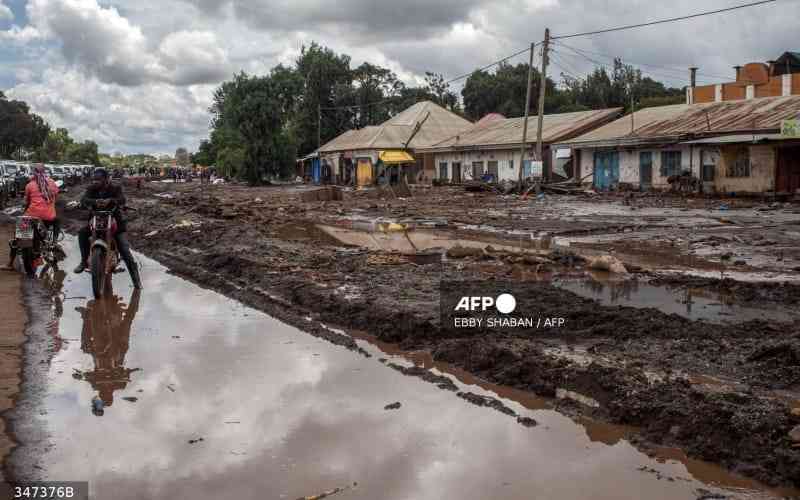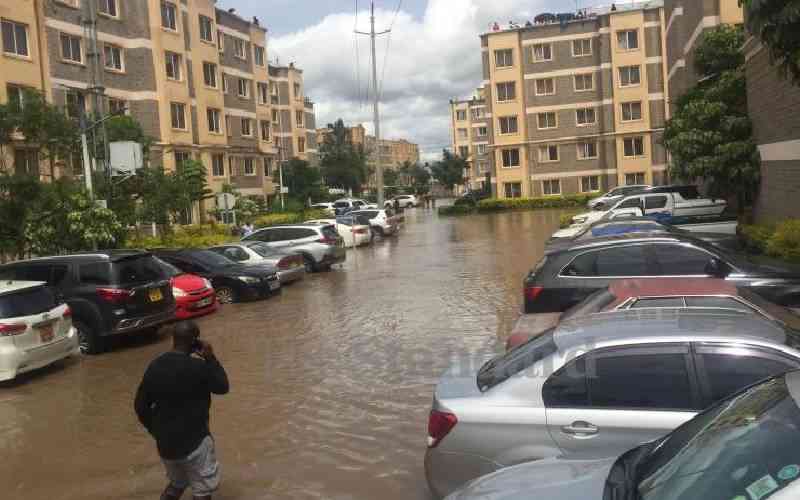Over the past one week, we have lost more than $7 million (about Sh700 million). And no, it is not how much we are paying for the 22 MPs and seven senators’ visit to the nine-day Assembly of State Parties meeting in The Hague.
Allow me to digress for a minute. Isn’t it just a few days ago that Treasury banned non-essential foreign trips due to the much-publicised cash crunch? In what realm does having an entourage of 29 individuals constitute necessity or a constructive use of taxpayers’ Sh100 million? Are all 29 going to be presenting an agenda to the Assembly?
This is not a lobby event where the tyranny of numbers dictates the support you can buy, it is an international event where you present your case, are heard and await the verdict. Clearly, the travel sanction only applies to certain echelons of public officials, or more likely, it was the usual rhetoric that we are used to.
Anyway, back to our Sh700 million worth of woes. A few years ago, the monetary value of Nairobi traffic was calculated and estimated at a whooping Sh60 million per day. Well, this past week a combination of El Nino and other factors that make no logical sense culminated in motorists spending hours and hours on end sitting in their cars on a Saturday.
The one day that the absence of school runs, rigorous work schedules and rush hour should have made relatively easier to traverse the city, found us stewing in humidity, sitting ducks for traffic-related mischief makers.
A journey that takes me 17 minutes on a normal day, took me over one-and-a-half hours.
Other people who were more unfortunate took over two hours just to cover a stretch of a few kilometres. This state of affairs persisted for the whole day, causing a great deal of frustration with explanations that just did not warrant the kind of backlog that we experienced.
There is something to be said though, for technology. Amidst the frustration and frayed nerves, the now renowned mobile application, ‘ma3route’ that works via Twitter was truly invaluable.
As an information sharing platform, it enabled people to anticipate where the bottlenecks were (which to be frank in some instances was everywhere) and allow us to make a choice between sitting in traffic, taking an alternative route and cancelling our errands altogether.
What plausible reason was given for this atrocious traffic? The closure of one road apparently for repairs or some such thing that caused a backlog for hours on end.
Further afield, more than 1,500 trucks, buses and cars were, by Saturday, stuck on a 30-mile stretch on Mombasa Road for the fourth consecutive day.
Stranded without any nourishment and in some cases with children, travellers were at their wits’ end, victims of a city that grows beyond its capacity and city planners who are all hot air with no real problem-solving techniques.
Apparently, the scenario was exacerbated by the recent rains and ongoing road repairs. But the real reason is an incessant lack of planning and foresight from city officials and an inability (or refusal) to think past the actions into the ripple effects and consequences of what are not isolated actions.
It may be too much to expect any foresight from city planners and developers given that the fiasco that accompanied the overvalued, amateur move to use drums to control traffic a few months ago, a stellar show of ineptitude from the Governor’s office, truly went belly-up.
Even though we usually joke that one day the whole city will come to a traffic standstill, this weekend was neither funny nor fun, not for the people who were stuck or the colossal amount of money that was wasted in lost productivity.
Stay informed. Subscribe to our newsletter
In fact, to put the value at Sh700 million in lost productivity for the week is somewhat conservative.
Even though we are paying lower prices at the fuel pump, which represents a temporary respite, the result of such gridlocks as the one stretching over Mombasa Road, is an increased cost of doing business for as long as the rains last and the after effects on the infrastructure even after the rains dissipate.
My question to the governors and city planners responsible for these areas is very simple. When the warnings given over El Nino took root in East Africa, numerous kitties were created to fix roads and deal with the effects of the rain. Why then are we having roads being fixed bang in the middle of the deluge?
If anything, drainage and the accompanying infrastructure should have been resolved during the delayed onset of the bad weather as this gave us ample time to deal with the crisis.
But of course, between your offices and tenderpreneurs, bars of soap valued at Sh37,500 and taxpayers’ hard earned funds that go to waste, we have gotten used to having very low expectations. So now we are left innovating around basic needs using mobile applications. Are we also expected to pick up shovels and rebuild our roads?
 The Standard Group Plc is a
multi-media organization with investments in media platforms spanning newspaper
print operations, television, radio broadcasting, digital and online services. The
Standard Group is recognized as a leading multi-media house in Kenya with a key
influence in matters of national and international interest.
The Standard Group Plc is a
multi-media organization with investments in media platforms spanning newspaper
print operations, television, radio broadcasting, digital and online services. The
Standard Group is recognized as a leading multi-media house in Kenya with a key
influence in matters of national and international interest.
 The Standard Group Plc is a
multi-media organization with investments in media platforms spanning newspaper
print operations, television, radio broadcasting, digital and online services. The
Standard Group is recognized as a leading multi-media house in Kenya with a key
influence in matters of national and international interest.
The Standard Group Plc is a
multi-media organization with investments in media platforms spanning newspaper
print operations, television, radio broadcasting, digital and online services. The
Standard Group is recognized as a leading multi-media house in Kenya with a key
influence in matters of national and international interest.








